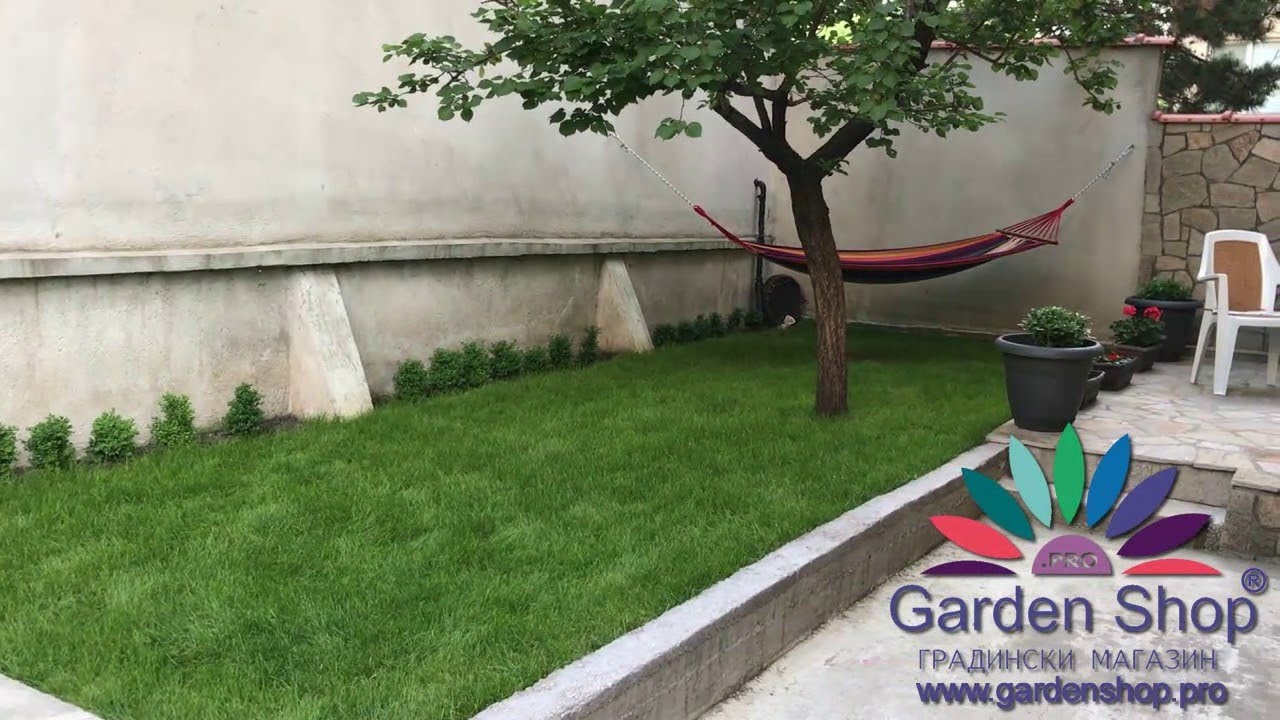Introduction: Understanding the Ideal Time to Sow Grass Seed in Rhode Island
Sowing grass seed at the correct time in Rhode Island is crucial for successful establishment and growth of a healthy lawn. Timing is a critical factor as it determines how well the grass seed will germinate and develop in the local climate and soil conditions. This article aims to provide an overview of the ideal time to sow grass seed in Rhode Island during the spring season.
Climatic Factors: A Crucial Consideration for Optimal Grass Seeding
Rhode Island’s climate plays a significant role in determining the ideal time to sow grass seed. The state experiences a humid continental climate, characterized by four distinct seasons. Spring is typically a time when the temperatures start to rise, and precipitation becomes more frequent. Understanding these climatic factors is crucial for successful grass seed germination and establishment.
Soil Conditions: Determining the Right Moment for Sowing Grass Seed
Apart from climate, soil conditions are another crucial consideration when determining the ideal time to sow grass seed in Rhode Island. The soil should be adequately prepared and in optimal condition to promote germination and growth. Conducting a soil test to assess its pH level, nutrient content, and drainage capabilities is recommended. This will help determine the appropriate timing for grass seed sowing.
Temperature Range: Key Insights for Timing Grass Seed Planting
Temperature range is an essential factor to consider when determining the ideal time to sow grass seed in Rhode Island. Cool-season grasses, which are commonly used in the region, have specific temperature requirements for optimal germination. It is generally recommended to wait until the soil temperature reaches around 50 to 65 degrees Fahrenheit for ideal seed germination and establishment.
Frost Risks: Navigating the Potential Impacts on Sowing Grass Seed
One of the challenges faced when sowing grass seed in Rhode Island during the spring season is the risk of late frosts. Frost can damage or kill newly germinated grass seedlings. It is crucial to monitor the weather closely and avoid sowing grass seed when there is a high likelihood of frost. Waiting until the soil warms up and the risk of frost has passed will increase the chances of successful seed establishment.
Grass Types: Selecting the Best Varieties for Rhode Island’s Climate
Choosing the right grass varieties for Rhode Island’s climate is essential for a successful lawn. Cool-season grasses such as Kentucky bluegrass, perennial ryegrass, and fine fescue are commonly used in the region. These grass types thrive in the cooler temperatures and can handle the occasional summer heat. It is important to select grass seed varieties that are well-suited to Rhode Island’s climate and soil conditions.
Spring Preparation: Steps to Take Before Sowing Grass Seed
Before sowing grass seed in Rhode Island during the spring season, proper preparation is necessary. This includes removing any existing vegetation, such as weeds or old grass, and loosening the soil. Raking the soil to create a smooth surface and incorporating organic matter or compost can improve soil structure and nutrient content. Adequate soil preparation sets the stage for successful grass seed germination and establishment.
Early Spring: Exploring the Benefits and Risks of Early Seeding
Early spring can be an attractive time to sow grass seed in Rhode Island due to milder temperatures and increased moisture. However, there are risks associated with early seeding, such as the potential for late frosts and cooler soil temperatures that can hinder germination. It is important to weigh the benefits and risks carefully before deciding to sow grass seed in the early spring.
Mid-Spring: Evaluating the Optimal Timing for Grass Seed Planting
Mid-spring is generally considered an optimal time to sow grass seed in Rhode Island. By this time, soil temperatures have typically risen, reducing the risk of frost and promoting successful seed germination. Mid-spring also provides sufficient time for the grass to establish before the hotter summer months. Monitoring soil temperatures and weather forecasts can help determine the exact timing for grass seed planting.
Late Spring: Understanding the Advantages and Challenges of Late Seeding
Late spring offers some advantages for sowing grass seed in Rhode Island. The warmer temperatures and increased sunlight provide optimal conditions for seed germination and rapid growth. However, late seeding may also face challenges such as competition from weeds and the need for more frequent watering due to the drier weather conditions. Strategic planning and proper maintenance are crucial for late spring seeding success.
Timing Considerations: Balancing the Weather and Seed Germination
Timing considerations for sowing grass seed in Rhode Island involve striking a balance between favorable weather conditions and optimal seed germination requirements. Monitoring soil temperatures, weather forecasts, and paying attention to local climate patterns will help determine the right moment for sowing grass seed. Additionally, considering the specific needs of the selected grass varieties is crucial for successful establishment and long-term lawn health.
Conclusion: Finding the Perfect Window for Sowing Grass Seed in Rhode Island
Determining the ideal time to sow grass seed in Rhode Island during the spring season requires careful consideration of climatic factors, soil conditions, temperature range, frost risks, and grass types. It is important to prepare the soil adequately before sowing, and to select grass varieties that are well-suited to the local climate. While early spring, mid-spring, and late spring all have their advantages and challenges, monitoring weather conditions and soil temperatures will help find the perfect window for sowing grass seed. By following these guidelines, homeowners in Rhode Island can establish a healthy and vibrant lawn for the summer months ahead.




